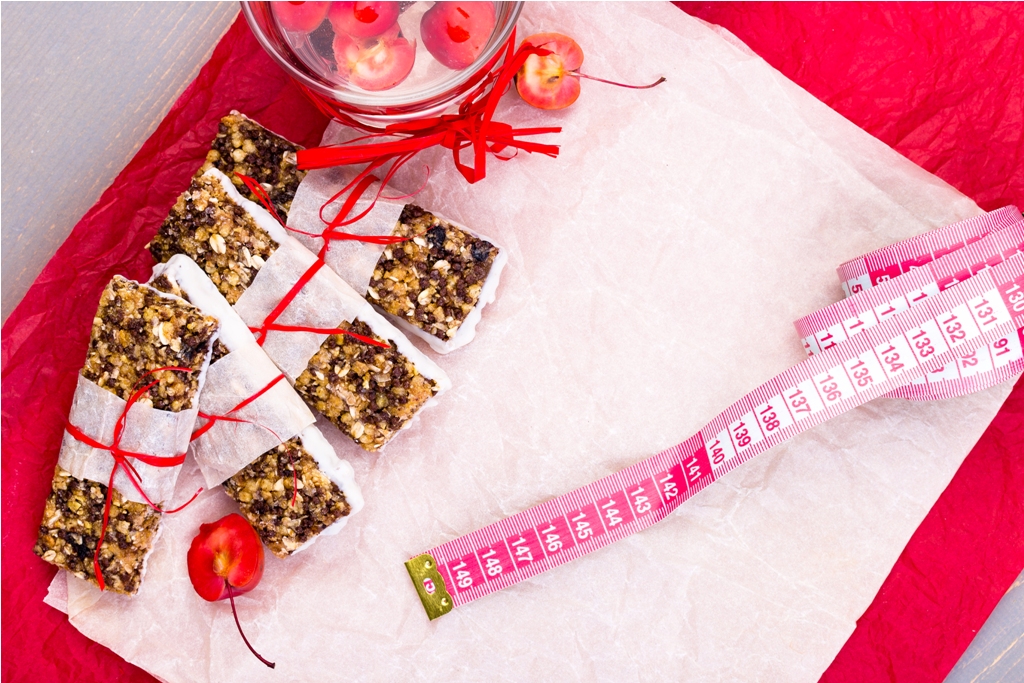The Nature of Keto Diet
Keto diet is actually developed for children who suffer from epilepsy. The diet follows the strict intake limit of carbohydrates and protein, which can trigger seizure and epilepsy, and focus to gain energy from fat instead. The formula used for this purpose is 4:1:1 for fat, protein, and carbohydrate respectively. The diet has been proven effective since it can reduce the symptoms of epilepsy in children up to 50%.
The success of the keto diet inspires people to use it for other purposes, including treating patients with cancer and diabetes type 2. However, since the idea of a high-fat, low-carbon diet is actually good for anybody, sick or not, many people have been adopting the diet for maintaining health, preventing disease, and losing weight.
A tastier diet will help you transition better, and keto is one tasty diet. Most diet programs usually shy away from fat and carbs, which severely limit your meal options. It’s true that most of our diet should contain fruits and vegetables, but it’s also true that meat and dairy generally taste better than their plant counterparts. Fat and protein have an umami taste or slightly salty tastes that satisfy your tastebud better.
Keto diet, not shying away from fat also means that you still eat various food sources, and the probability of not getting enough nutrients is lower. You don’t have to consume fat and protein supplement that is so often needed by vegan or those in the vegetarian-only diet.
To ensure the success of your keto diet, however, there are some things that you should do and some things that you shouldn’t. What are they? Can keto diet articles tell you that? Check the list below.
Basic Do and Don’t for Keto Diet
The Do’s
Watch Your Carbon Intake (The Obvious and The Subtle)
We all know how not to eat obvious carbs. We all know that when we are in a diet, we shouldn’t eat too many breads, cakes, sweets, candies, and those tasty-looking desserts. However, are we as good as that when spotting subtle carbs?
Even in fruits and vegetables, carbs are present. In some fruits and vegetables, even have a pretty high-calorie count. Banana and grape are probably the worst offenders. A piece of banana, while tasty, may kick your body out of ketosis because your carbs limits are exceeded. So, find as much information as possible about your commonly eaten food: how much carbs they contain, how much fat, and how much other nutrients.
Select Your Fat Carefully
It’s true that the keto diet requires you to eat a lot of fat to replace the lack of carbs as the fuel for your system. However, you should notice that there are two kinds of fat: the good one and the bad one. The good one will fuel your body with energy cleanly. The bad one will clog your artery when consumed too much, causing various health problems such as inflammation, high cholesterol level, or even heart disease.
You can get bad fat from most processed food, such as sausages and nuggets, and spams. Bad fat also presents itself in several oil, such as canola oil and sunflower oil. However, don’t worry, good fat is also found aplenty in much tasty food. For example, grass-fed meat and other product like butter. Nuts, avocado, cheese, cream, and other dairy products are also good. If you find it hard to fulfill good fat for your diet, you can try some hi-fat keto-friendly products if you like. Check this hi-ball energy drink review.
The Don’ts
Not Learning about Keto Enough
Going blindly into the keto diet may work, but most of the time, it won’t. You may have noticed that the keto diet isn’t a simple high-fat, low-carb diet. You need to invest some time to learn about the basic keto diet, see if the idea sounds good for you, then set a goal and make a plan. You need to calculate you need to eat how much of what to prompt your body into ketosis.
If possible, consult a certified professional on diet and nutrition whether keto is necessary or not.
Rely Too Much on Zero-Carbs Products
Diet is easier than ever these days because there are so many products that cater to the needs of dieters, including keto-dieter. Zero sugar and low carbs labels are popping left and right on familiar processed food and snacks. While this sounds practical and tasty, you should not rely on these products so much.
First, these products are processed food, and they have certain additives. These additives may not be dangerous, but they may compromise your diet. Second, these products usually still taste sweet, even if they don’t use sugar but artificial sweetener. This, while won’t add your sugar intake, will still keeps you addicted to sweet taste, and make it harder for you to stop craving for sweets. One or two products to help you fulfilling daily fat or nutrient intake is fine, but you should always rely on whole food first, processed products later.
Yo-Yo Diet
Yo diet is when you diet, lose weight, stop dieting, regain weight, diet, and so on. Yo-yo diet is like satan’s circle,and no matter what the diet type, is bad. Instead of thinking keto as one time diet, think of keto as a change, a shift of lifestyle into a healthy, better one. It sounds impossible to forever eat that little carbohydrate and sugar. However, most of keto dieter report that after some time, their palate have actually change. They don’t crave sugary and salty food anymore, which is, I have to say, a better way to live their life.
That’s the most basic do and don’t for the keto diet. You can make your diet more interesting by giving yourself a reward point for every do you do (one hour of me-time, one hour of massage, or whatever you do to pamper yourself!) and punishment for every don’t you commit (donating a certain amount of money, for example).
What’s your do and don’t for the keto diet? Tell us what yours below!




